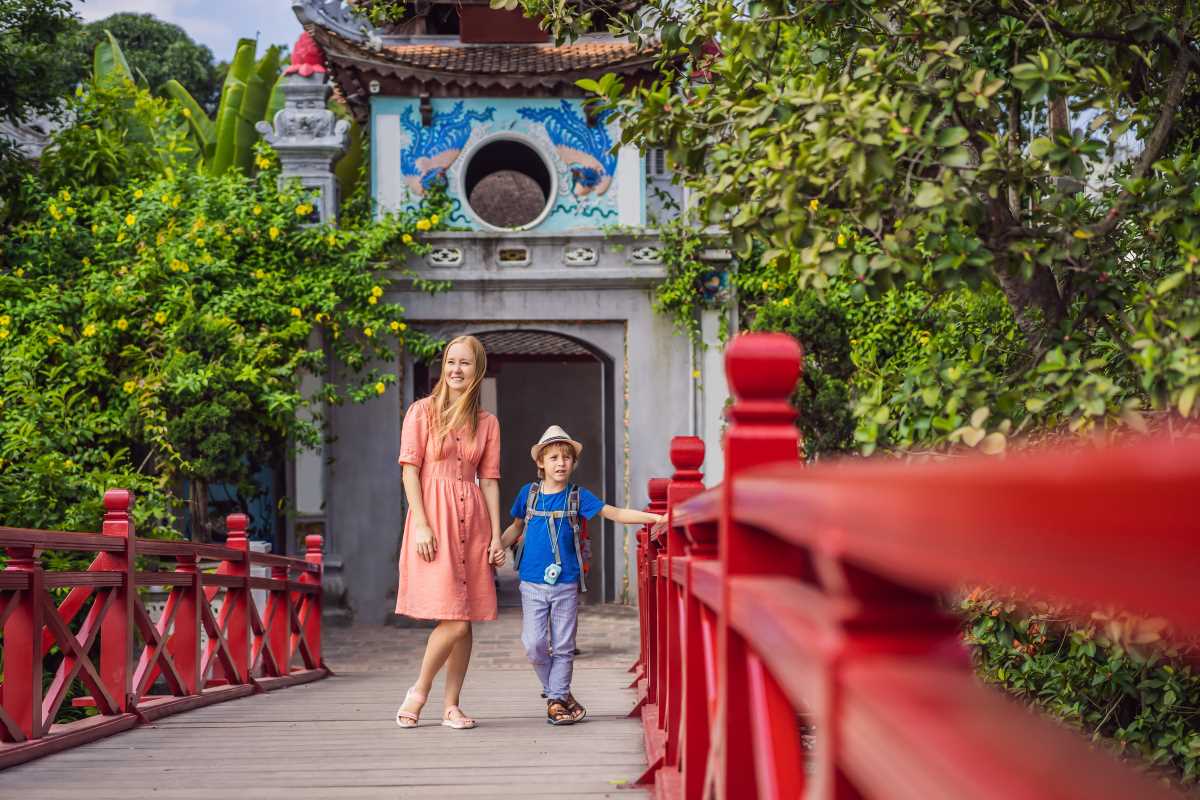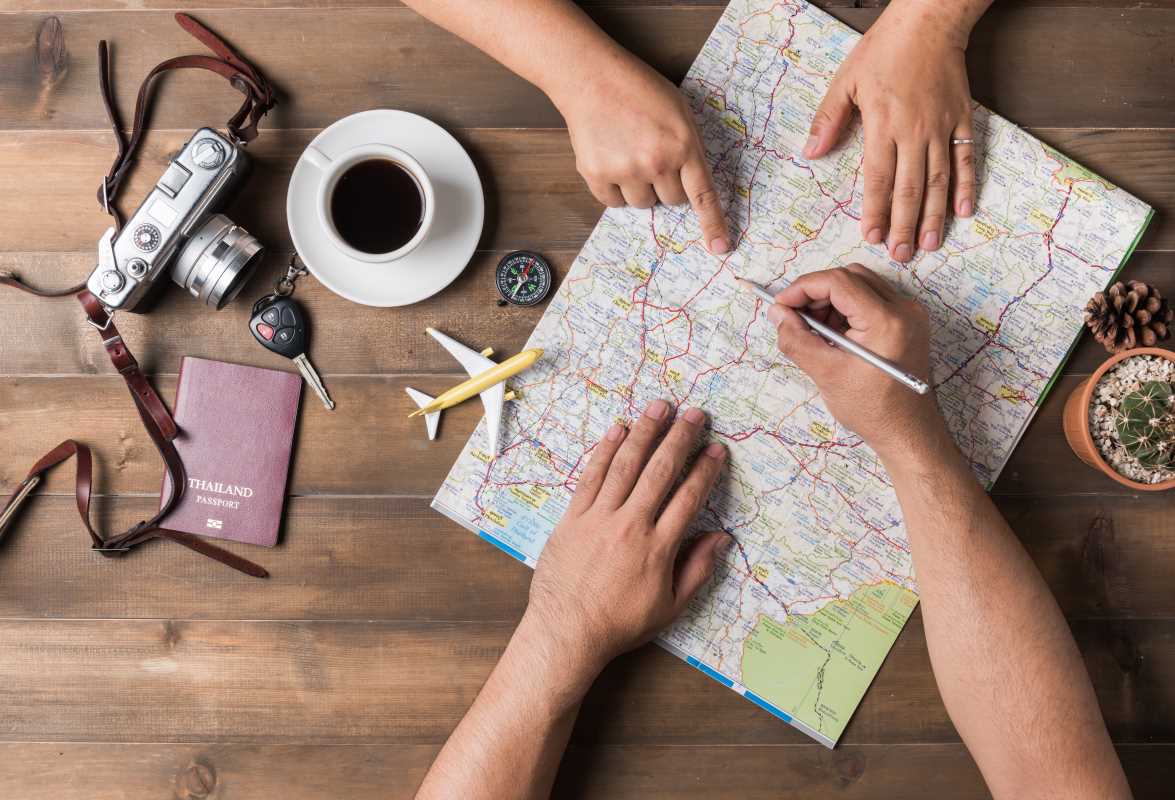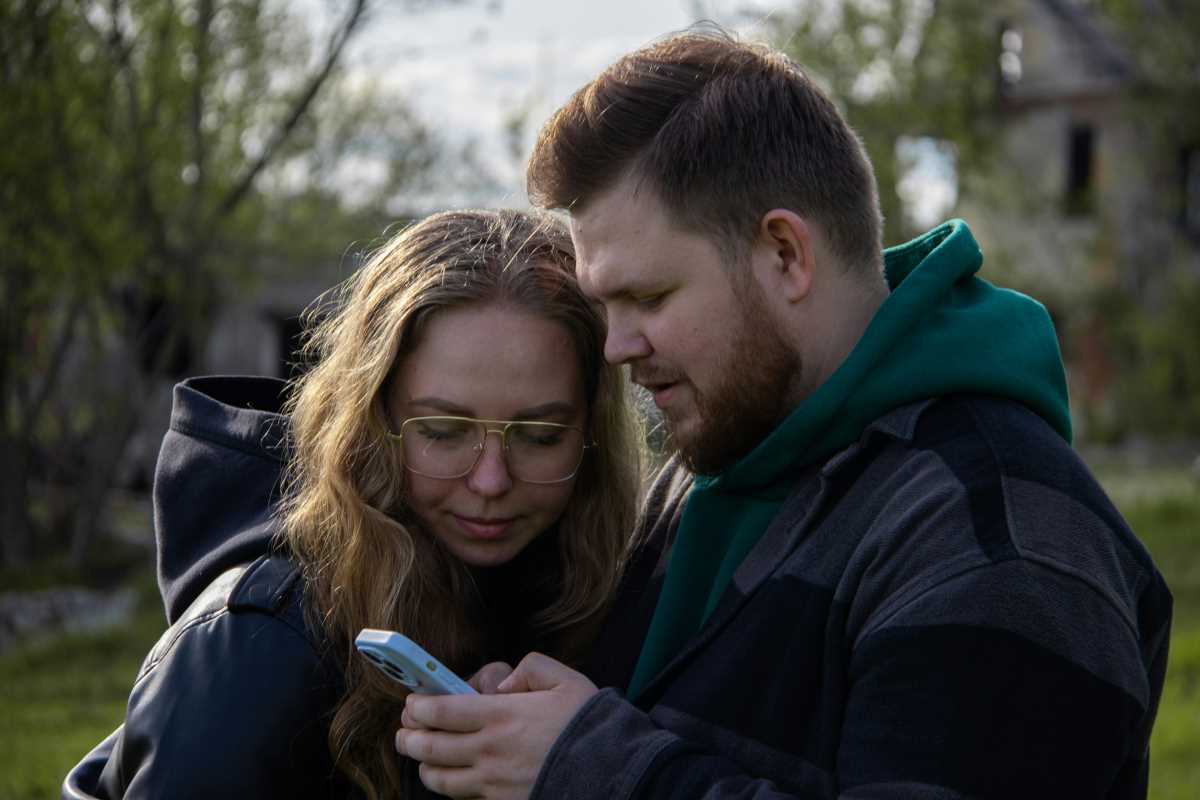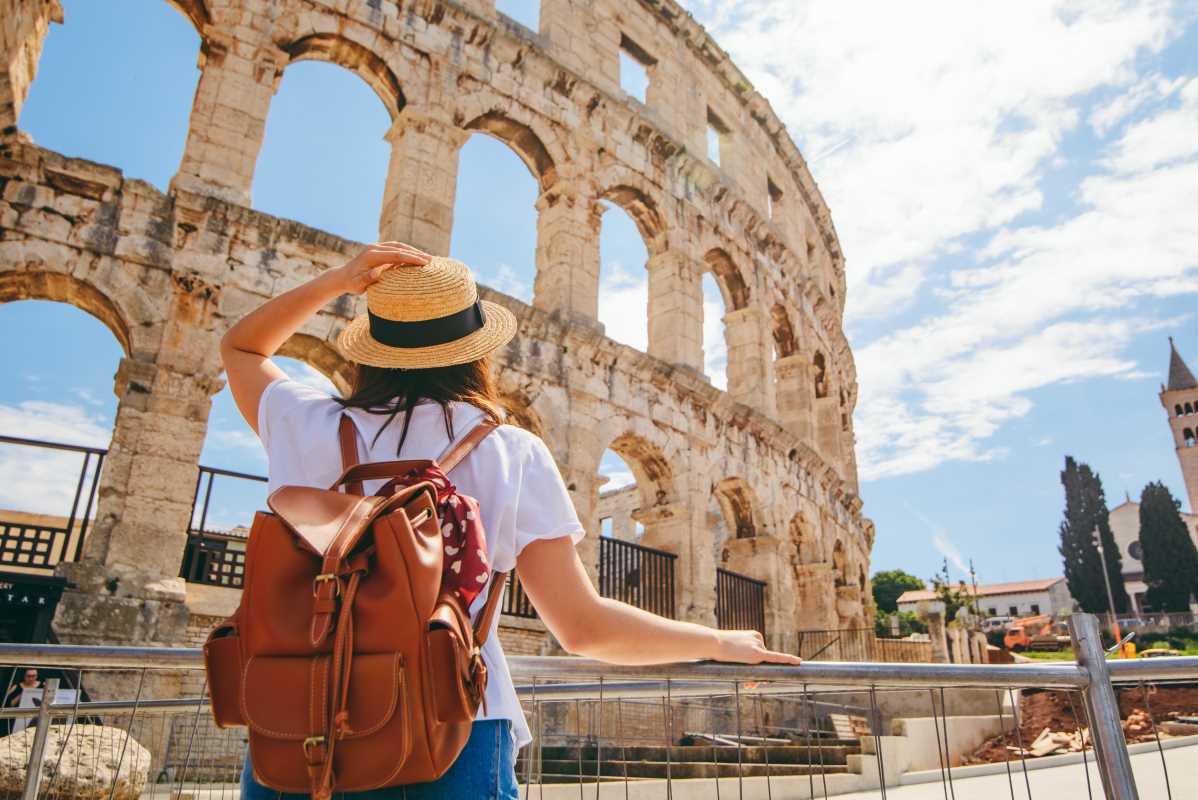Have you ever wondered if your vacation could do more than just give you a break? What if your travels could actively help heal the planet, restore ecosystems, and empower local communities? That’s the core idea behind regenerative travel, a movement that’s taking the concept of responsible tourism to a whole new level by focusing on leaving a place better than you found it.
What Exactly Is Regenerative Travel?
Let's break it down. For a long time, the buzzword in travel was "sustainability." Sustainable travel is about minimizing your negative impact. Think of it as the travel equivalent of "do no harm." You reuse your towels, carry a reusable water bottle, and stick to the marked trails. These are all great and necessary practices.
Regenerative travel, however, asks a different question: "How can we do some good?" It's a more proactive approach. Instead of just trying not to damage a destination, regenerative travel aims to actively improve it. This could mean improving the local environment, boosting the local economy in a meaningful way, or helping to preserve cultural heritage. It’s about creating a positive, lasting impact that continues long after you've returned home.
The goal is to move from an extractive model of tourism—where resources are used up for the traveler's benefit—to a restorative one. It’s about building a partnership between travelers, local communities, and the environment. When done right, it creates a powerful cycle where tourism dollars directly fuel projects that protect and enhance the very things that draw visitors in the first place.
How Your Vacation Becomes a Conservation Project
So, how does this work in practice? How does booking a trip translate into planting trees or protecting wildlife? It happens through carefully designed itineraries where conservation is woven into the very fabric of the travel experience. A portion of what you pay for your trip goes directly into funding specific, on-the-ground conservation initiatives.
These aren't just vague promises. Reputable regenerative travel companies are transparent about where the money goes. They partner with established non-profits, local conservation groups, or community-led projects. The funding might support:
- Reforestation Projects: Planting native trees to restore habitats and combat deforestation.
- Wildlife Protection: Funding anti-poaching patrols, wildlife monitoring programs, and rescue and rehabilitation centers.
- Marine Conservation: Supporting the creation of marine protected areas, coral reef restoration, and coastal cleanup efforts.
- Community Empowerment: Providing training and employment for local guides, funding schools, or supporting local artisans.
Many of these trips also offer you a chance to get involved. You might spend a morning helping researchers track sea turtles, participate in a beach cleanup, or visit a community project that your trip is helping to fund. This direct connection makes the experience more meaningful and allows you to see your impact firsthand.
Real-World Examples of Regeneration in Action
The concept of regenerative travel sounds great, but what does it look like on the ground? Let's explore some inspiring examples from around the world where tourism is making a tangible difference.
Protecting Jaguars in the Pantanal, Brazil
The Pantanal is the world's largest tropical wetland, a sprawling mosaic of rivers and grasslands teeming with life. It's one of the best places on Earth to see jaguars in the wild. For years, however, conflict between jaguars and cattle ranchers posed a major threat to the big cats. Jaguars would prey on cattle, and ranchers would kill them in retaliation.
A pioneering regenerative tourism model emerged to change this dynamic. Lodges in the region began to offer world-class jaguar-spotting safaris. They worked with local ranchers, offering them a new source of income through tourism. Instead of losing money from cattle predation, ranchers could earn more by protecting the jaguars on their land and guiding tourists.
A portion of the tour fees goes directly to organizations that work to mitigate human-wildlife conflict. This includes funding research to track jaguar populations, compensating ranchers for verified cattle losses, and building predator-proof enclosures. As a result, the local community now sees a live jaguar as far more valuable than a dead one. Travelers get an unforgettable wildlife experience, and the jaguar population gets a fighting chance.
Restoring Coral Reefs in Fiji
Fiji's vibrant coral reefs are the lifeblood of its coastal communities. They provide food, protect the shoreline from storms, and attract tourists from all over the globe. But these fragile ecosystems are under threat from climate change, pollution, and overfishing.
Several resorts and tour operators in Fiji have made coral reef restoration a central part of their mission. When you stay at one of these places, part of your payment helps fund coral nurseries. Here, small fragments of heat-resistant coral are grown in protected underwater gardens.
Many of these programs invite guests to get involved. You can join a marine biologist for a lesson on coral ecology and then help plant the newly grown coral fragments back onto the reef. It's a hands-on way to contribute to the ocean's recovery. Over time, these efforts help to rebuild damaged reefs, creating healthier habitats for fish and other marine life, which in turn supports the local fishing and tourism industries.
Community Conservation in the Maasai Mara, Kenya
The Maasai Mara is famous for its vast savannas and spectacular wildlife migrations. The land is traditionally owned by the Maasai people, who have coexisted with wildlife for centuries. However, population growth and changing land use have put pressure on this delicate balance.
To address this, a new model of "conservancies" has been established. Conservancies are partnerships between tourism companies and Maasai landowners. The landowners agree to set aside their land for wildlife conservation instead of farming or fencing it off. In return, they receive a reliable, direct income from the fees paid by the safari lodges and camps located within the conservancy.
This model has several regenerative benefits. It protects crucial wildlife corridors, allowing animals to roam freely outside the national reserve. It provides a stable income for thousands of Maasai families, empowering them to invest in education and healthcare. It also leads to a better safari experience, with fewer crowds and more exclusive wildlife viewing. When you stay at a conservancy camp, you are directly supporting a system that values both the local culture and the iconic wildlife of the Mara.
Finding and Choosing a Regenerative Trip
As regenerative travel gains popularity, more companies are using the term. So how do you find a trip that truly makes a positive impact? Here are a few things to look for:
- Transparency: A genuinely regenerative company will be open about its partnerships and impact. Look for clear information on their website about which specific projects they support and how much of your money goes toward them.
- Local Ownership and Employment: Does the company prioritize hiring local guides, managers, and staff? Are local communities true partners who have a say in how tourism develops in their area?
- Third-Party Certifications: While not foolproof, certifications like B Corp or Fair Trade Tourism can be good indicators that a company has been vetted for its social and environmental standards.
- Detailed Itineraries: Read the trip description carefully. Does it explain the conservation context of the destination? Does it detail how your presence will contribute positively?
- Long-Term Commitment: Look for companies that have long-standing relationships with the communities and conservation partners they work with. This demonstrates a real commitment, not just a marketing trend.
Your next adventure has the potential to be more than just a collection of beautiful photos. By choosing to travel regeneratively, you can become an active participant in the protection and restoration of our planet's most precious places. You can help fund vital conservation work, empower local communities, and come home with the knowledge that you left a destination a little better than you found it.
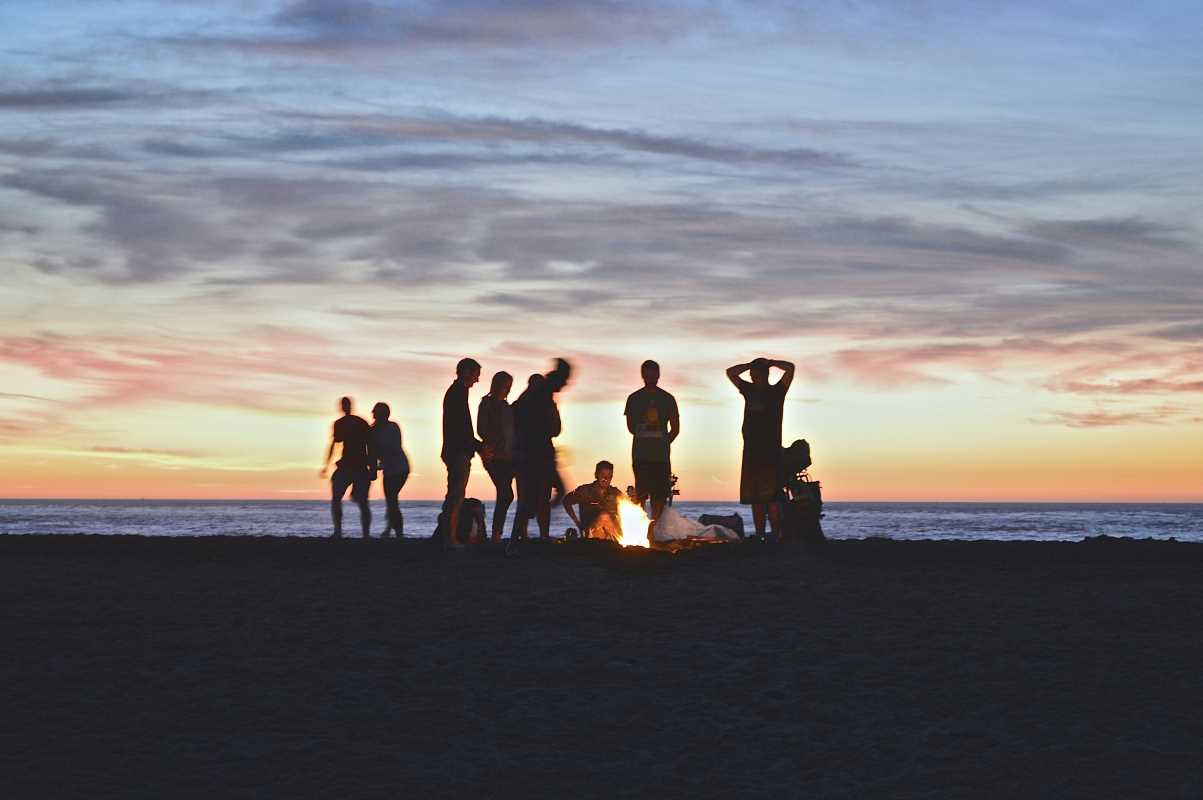 (Image via
(Image via